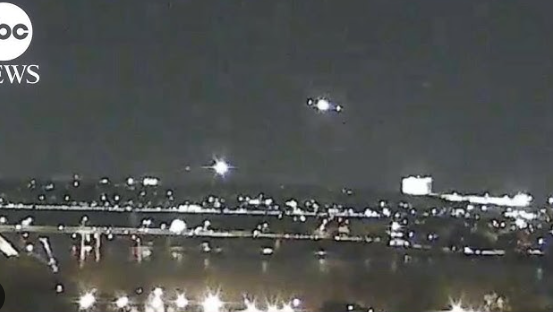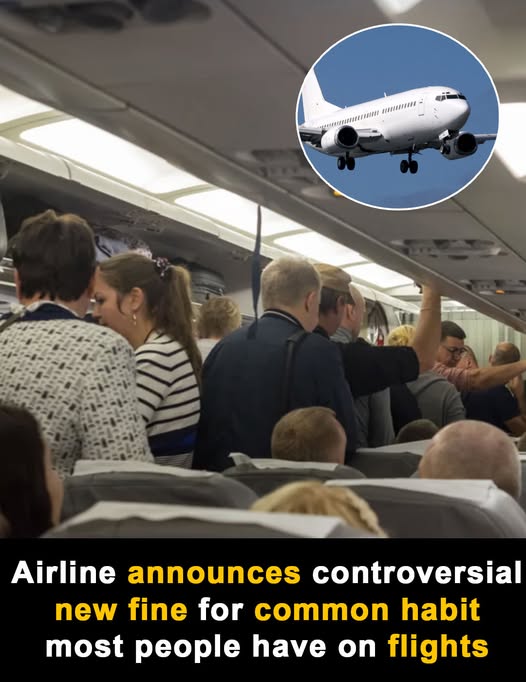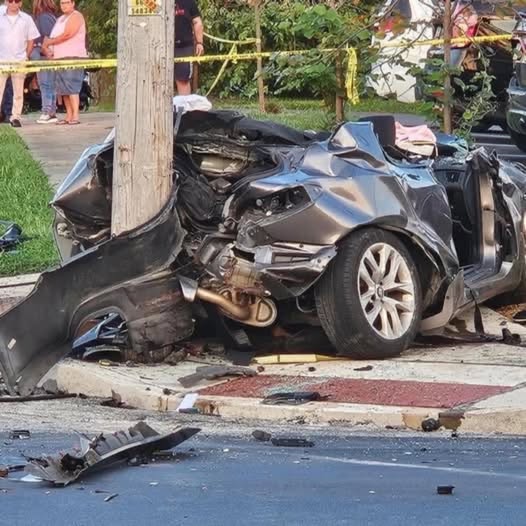U.S. Army Black Hawk Helicopter and American Airlines Flight Collide Over Washington
Midair Collision Between U.S. Army Black Hawk and American Airlines Flight Over Washington: Investigation Underway
In a tragic and unprecedented aviation disaster, a U.S. Army Black Hawk helicopter and an American Airlines regional jet collided midair over Washington, D.C., late Wednesday night, sending both aircraft plummeting into the Potomac River. This catastrophic crash, which claimed the lives of all passengers and crew aboard, has sent shockwaves through the aviation community, sparking urgent questions regarding the coordination between military and civilian air traffic control systems.
The collision occurred just moments after the American Airlines regional jet, which was en route to Washington Dulles International Airport, had entered its final approach. Meanwhile, the Black Hawk helicopter, conducting a military training exercise, was operating in restricted airspace over the Potomac River. Eyewitnesses reported seeing a fiery explosion in the sky followed by both aircraft spiraling toward the water. Emergency responders were immediately dispatched to the scene, but no survivors have been reported as of yet.
The fact that two aircraft, a military helicopter and a civilian airliner, could intersect in this manner raises serious concerns about the safety protocols in place to prevent such incidents. The U.S. military and FAA (Federal Aviation Administration) have already initiated a joint investigation into the causes of the crash. Preliminary reports suggest that radar data may have been incomplete or conflicting at the time of the collision, which may have contributed to the lack of situational awareness for both air traffic controllers and pilots. As the investigation progresses, the primary focus will be to uncover how both aircraft came to be on such a dangerous flight path without adequate deconfliction measures.
The accident has highlighted a long-standing issue regarding airspace management, especially in areas with overlapping military and civilian air traffic. Washington, D.C., located in close proximity to the Pentagon and other military installations, is a highly sensitive area with both military and commercial flight routes converging. Typically, such airspace is tightly controlled to ensure that both types of aviation can coexist without incident. However, questions have arisen about whether airspace coordination protocols were properly followed in this instance.
Experts have pointed to a potential breakdown in communication between the military and civilian air traffic control systems. While the FAA oversees civilian air traffic, military helicopters are often monitored by military controllers who may not always share information in real time with civilian controllers. This gap in coordination could have led to the tragic oversight that resulted in the crash.
Moreover, the timing of the collision has left investigators scrambling to piece together the sequence of events that occurred in the moments leading up to the crash. Was there a delay in communication between the pilots and air traffic controllers? Were the airspaces for the helicopter and the airplane properly coordinated? How did the aircraft end up on such a deadly collision course without any alarm raised by air traffic control? These and other questions are central to the ongoing investigation.
As news of the disaster spreads, there is growing public concern about the safety of air travel, particularly in areas near military operations. The proximity of military installations to major airports raises the stakes for civilian aviation safety. Many are calling for a reevaluation of how airspace is shared and managed in such high-risk areas, where military and civilian aircraft often operate within close proximity. Advocates are urging lawmakers to review existing protocols and make necessary adjustments to avoid future tragedies.
The U.S. military and American Airlines have expressed deep sympathy for the families of the victims and have pledged full cooperation with the investigation. Both parties are working closely with federal authorities to provide all available data, including flight logs, radar information, and black box recordings, which could provide crucial insights into what transpired.
For the families of the victims, the loss is incomprehensible. As rescue and recovery efforts continue, they are left to grapple with the shock and grief of losing loved ones in such a sudden and violent manner. In Washington, D.C., a city that is already accustomed to the unique dynamics of military and civilian air traffic, this tragedy serves as a stark reminder of the risks that accompany the complex systems designed to keep people safe in the sky.
As the investigation moves forward, there is a growing consensus among aviation experts that changes may be necessary to ensure that such a horrific event never happens again. Whether through improvements in airspace management, better coordination between military and civilian aviation authorities, or enhanced communication protocols, there is a shared commitment to learning from this tragedy to prevent future loss of life.
In the wake of this devastating accident, the focus will remain on the recovery of the victims and the determination of the cause of the crash. Until that is clear, however, one thing is certain: the crash between the U.S. Army Black Hawk helicopter and the American Airlines flight will leave a lasting impact on the aviation community, raising vital questions about how military and civilian aviation systems can coexist safely in crowded airspaces.
While the incident is still under investigation, experts and authorities alike are pledging to exhaust all resources in their efforts to understand what went wrong. It will undoubtedly lead to a comprehensive review of existing safety protocols, and it is likely that significant changes will be recommended to ensure that air traffic, both military and civilian, can be safely integrated in the future. In the meantime, the nation mourns, and the families of the victims search for answers in the wake of this unimaginable loss.






